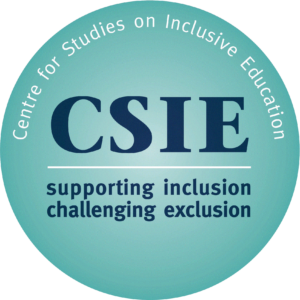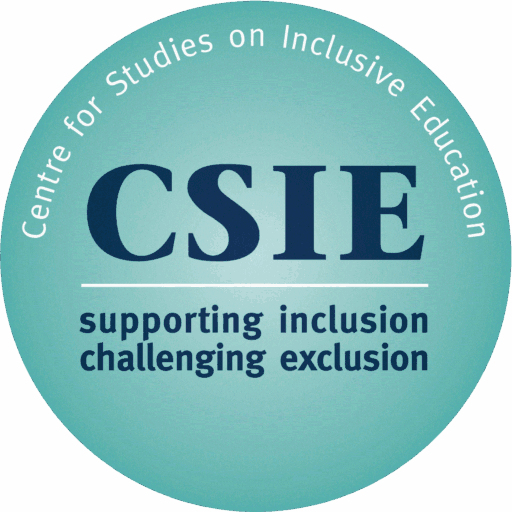July 24, 2012
Stonewall, Britain’s lesbian, gay and bisexual charity, have recently published The School Report, a follow up report into the extent and effects of homophobia on lesbian, gay and bisexual (LGB) pupils in British schools. In 2007 they had surveyed more than 1000 LGB people, or those who though that they might be, asked them their experiences of school and had published the first School Report. Using a different cohort of young people, they have now repeated the exercise. Our overwhelming feeling from reading the latest report is how very little things have changed, but we are pleased to see that robust recommendations and suggestions for change have been identified, which, if followed, should lead to a marked improvement over the next five years.
Key aspects of The School Report are summarised below:
The good news is that levels of homophobia seem to have fallen by 10% since 2007 and the number of schools saying that homophobia is wrong to have increased to 50% (from 25%). Teachers are getting better at intervening when they hear homophobic remarks and more young people now feel that they have someone to talk to if they experience homophobia. Slightly more LGB young people feel gay ‘issues’ are addressed in their school and more feel as though they have someone to talk to if they are LGB.
However, homophobic language and remarks are just as common, appropriate teaching on gay ‘issues’ is extremely patchy, the type and range of abuse that occurs remains the same, teachers all too frequently do nothing, and the devastating costs of it on young people’s emotional health, educational attainment and future prospects remain bleak.
Boys are more likely than girls to experience homophobic bullying and disabled pupils or those with impairments or long-term mental health issues are at most risk. Pupils who are more open about their sexual orientation are also more likely to suffer abuse. Homophobia takes the form of: verbal abuse, malicious gossip, intimidating looks, ignoring or isolating a young person, cyberbullying, physical abuse, vandalism/theft of property, phone bullying via text, death threats, being threatened with a weapon and sexual assault.
Bullying takes place in all parts of schools, as well as outside of school, and may be perpetrated by pupils of any age. There is a high correlation between widespread homophobic remarks and homophobic bullying. Very few schools (31%) respond to homophobic bullying quickly. This figure is lower still in faith schools. When young people report homophobic bullying this has little effect; only 12% say the bullying stops immediately and 24% say it stops eventually.
LGB young people do not generally hear about LGB identities during their time at school and many libraries lack resources that include LGB identities, while one in three say they cannot use school computers to access such materials due to online blocking filters. One young woman describes not knowing “about my rights as a gay person, what the law says or anything about safe sex” (Natalie, p.17).
The results of this is that LGB young people do not feel part of their school community; they struggle to reach their full potential academically; they play truant; they have increased incidences of depression, self-harm and suicide attempts and generally, fell distressed while at school.
What schools can do
The fundamental way in which schools can change this is by having clear and promoted anti-homophobia policies, responding quickly to homophobic bullying and language when it occurs, and through supporting LGB pupils – for example, helping pupils to establish Gay Straight Alliances, or creating environments where teachers can be ‘out’.
The report goes on to list ten recommendations for schools (pp. 26-27). CSIE endorses all of these and is particularly pleased to see the final recommendation for schools to go beyond tackling bullying; we resonate with the suggestion that a school environment that promotes and values diversity and difference allows all young people to thrive. Another of these recommendations is for schools to broaden the curriculum and calls upon schools and academies to exercise the greater flexibility that is now available to them. Our own resource, the Index for Inclusion contains both suggestions on how schools may ensure that they are including LGB (and transgender) pupils across all aspects of the curriculum, but also has an entire section on an alternative curriculum.
The School Report also lists six recommendations for the Department for Education (p.28), four for Ofsted (p.28) and a further six for Academy Chains and Local Authorities (p.29). One of the recommendations for Ofsted is to “make sure all inspectors are trained on sexual orientation issues and on how to measure a school’s effectiveness in combatting homophobic bullying”. CSIE is proud to say that by the end of this summer all Ofsted inspectors will have received training using a video resource generated through involvement in our LGBT Youth Empowerment Project.
The materials, the good practice, the expertise, and the know how are all out there now. Let us all do our bit to help ensure that were Stonewall to issue another School Report in 2017 the results would be significantly better.


